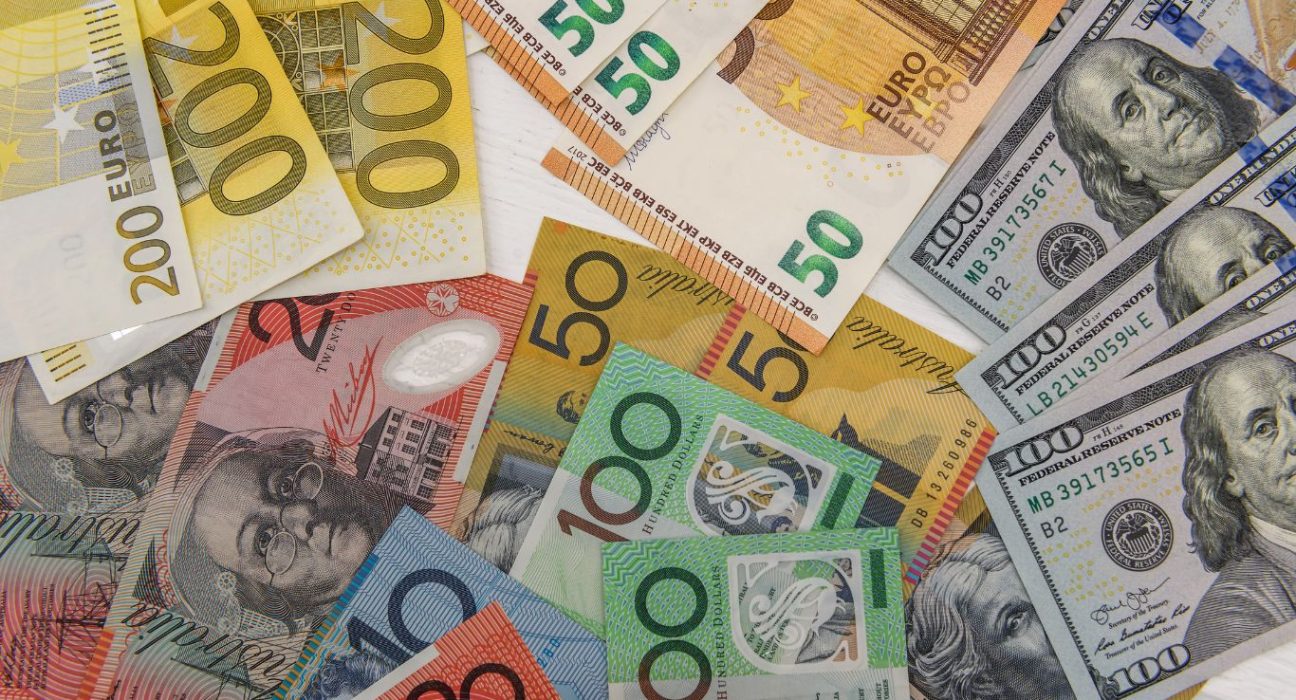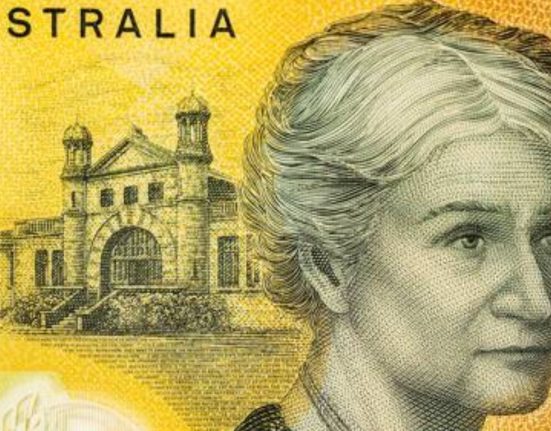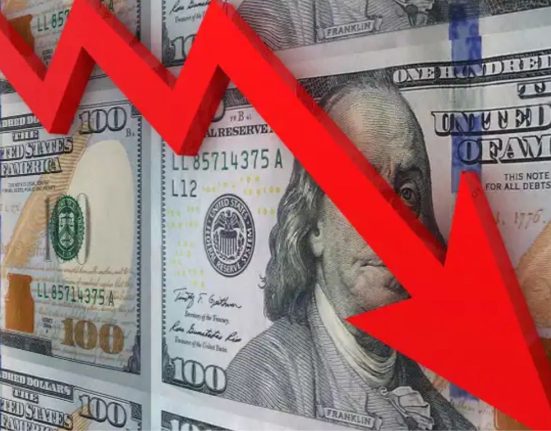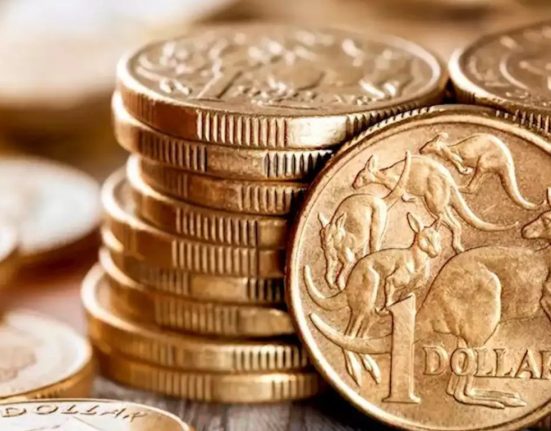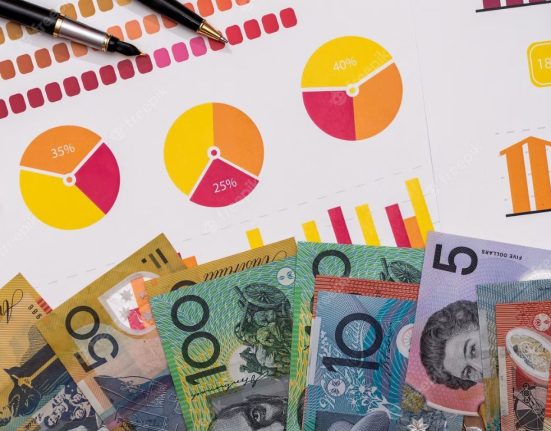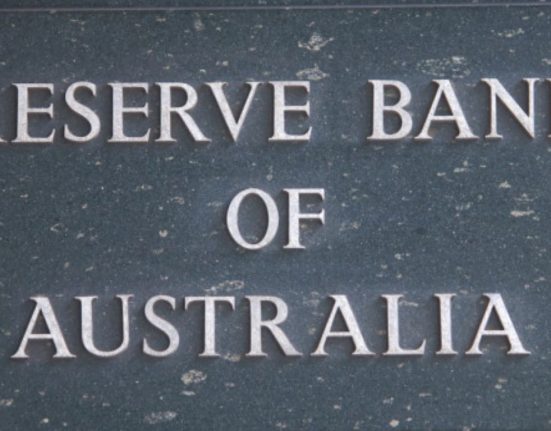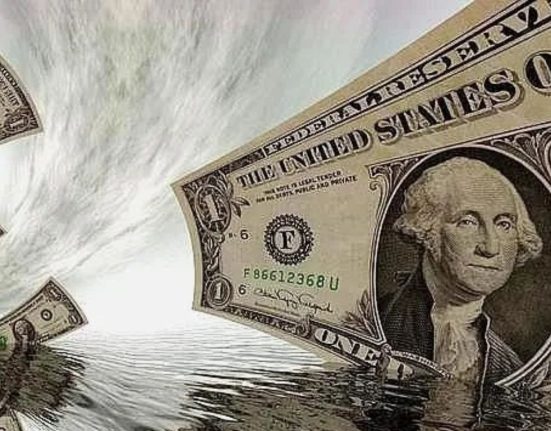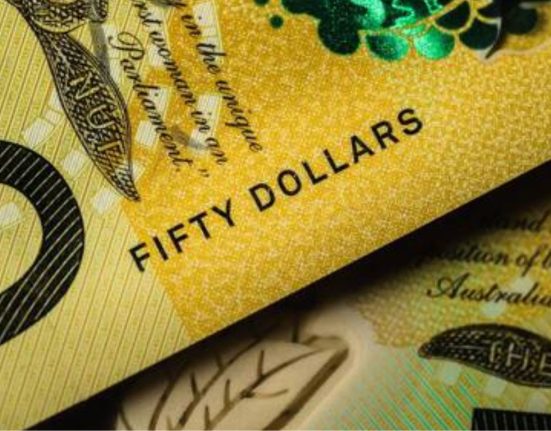The AUD/USD exchange rate is one of the most popular and liquid currency pairs in the forex market. It represents the value of one Australian dollar in terms of US dollars. The AUD/USD pair is also known as the Aussie or the Aussie dollar.
There are many factors that influence the AUD/USD exchange rate, such as economic data, monetary policy, trade relations, commodity prices, market sentiment, and geopolitical events. Here are some of the main drivers of this currency pair:
Economic Data
Economic data is a key indicator of the health and performance of a country’s economy. It reflects the level of growth, inflation, employment, consumer spending, business activity, and trade balance. Economic data can have a significant impact on the AUD/USD exchange rate, as it affects the demand and supply of both currencies.
For example, if Australia releases strong economic data, such as higher GDP growth, lower unemployment, or higher retail sales, it may boost the demand for the Australian dollar and push up its value against the US dollar. Conversely, if Australia releases weak economic data, such as lower GDP growth, higher unemployment, or lower retail sales, it may reduce the demand for the Australian dollar and drag down its value against the US dollar.
Similarly, if the US releases strong economic data, such as higher GDP growth, lower unemployment, or higher consumer confidence, it may boost the demand for the US dollar and push up its value against the Australian dollar. Conversely, if the US releases weak economic data, such as lower GDP growth, higher unemployment, or lower consumer confidence, it may reduce the demand for the US dollar and drag down its value against the Australian dollar.
Monetary Policy
Monetary policy is another important factor that affects the AUD/USD exchange rate. It refers to the actions taken by central banks to control the money supply and interest rates in their respective countries. Monetary policy can influence the attractiveness and competitiveness of both currencies.
For example, if the Reserve Bank of Australia (RBA) raises its interest rate, it may increase the return on holding Australian dollars and attract more investors to buy them. This may increase the demand for the Australian dollar and push up its value against the US dollar. Conversely, if the RBA lowers its interest rate, it may decrease the return on holding Australian dollars and discourage more investors from buying them. This may decrease the demand for the Australian dollar and drag down its value against the US dollar.
Similarly, if the Federal Reserve (Fed) raises its interest rate, it may increase the return on holding US dollars and attract more investors to buy them. This may increase the demand for the US dollar and push up its value against the Australian dollar. Conversely, if the Fed lowers its interest rate, it may decrease the return on holding US dollars and discourage more investors from buying them. This may decrease the demand for the US dollar and drag down its value against the Australian dollar.
